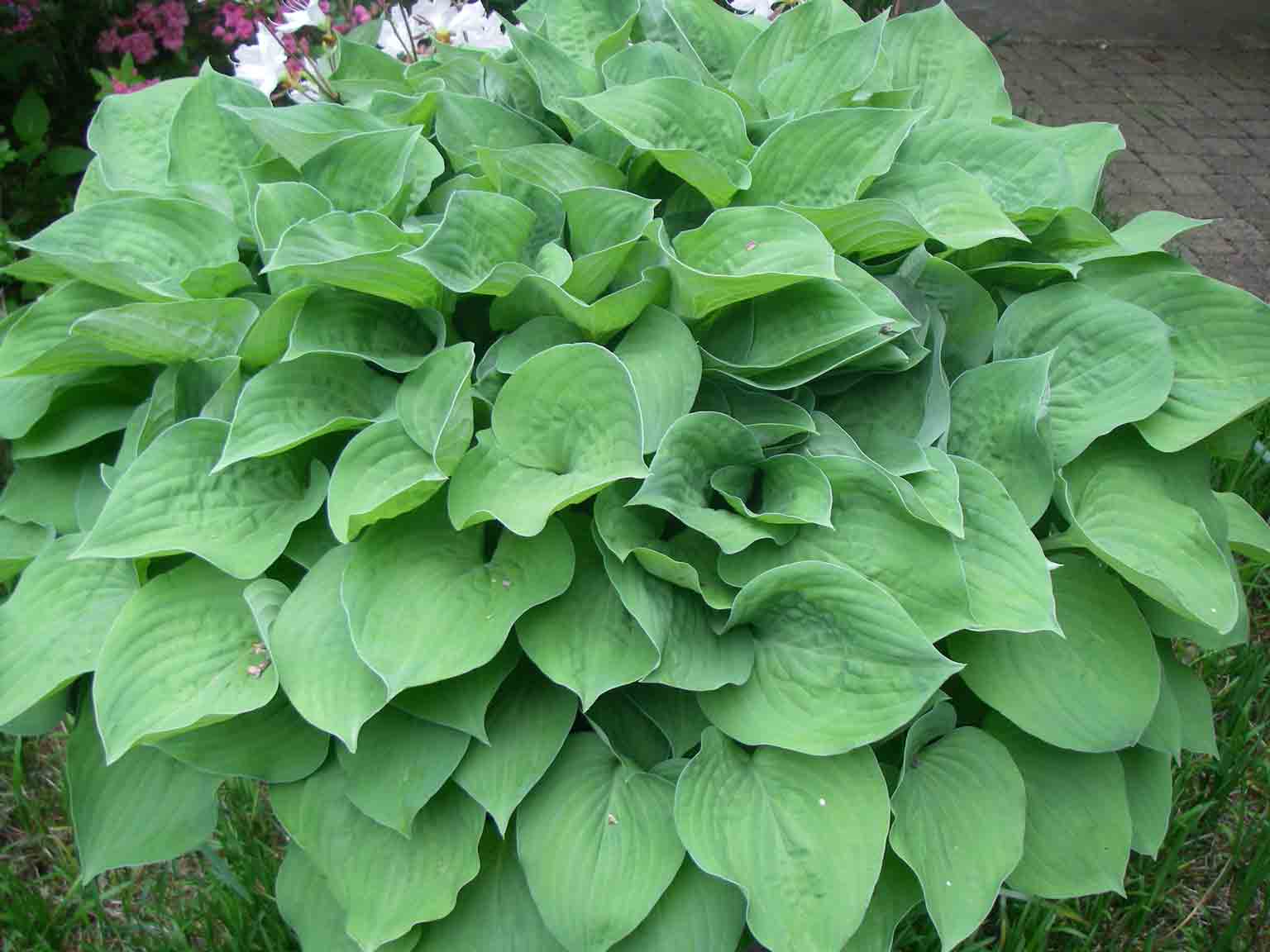What gardener doesn’t want free plants? Well
if you’ve got perennials and you’ve had them for awhile, chances are you have
free plants and don’t even know it.
Many perennials can be divided (broken up into smaller
clumps) and will not only survive, but will thank you for it. Dividing perennials relieves congestion
(crowding), eliminates headaches (from plants spreading where you don’t want
them), and can even resuscitate a dying heart (the dead area in the center of a
clump of plants). Best of all, dividing is a surefire way to expand and
strengthen your garden.
Multiply by Dividing
Division is good economics and lots of fun, if you observe the rules
of propagation: WHEN to divide (spring or fall), WHERE to plant (sun or shade),
and HOW to divide plants. The best seasons for dividing are fall and spring.
Fall planting allows plants to establish while the soil is still warm enough
for good root growth. Spring planting is better for perennials NOT fully hardy
or for those that dislike wet winter conditions. Do not divide perennials into
very small pieces, as they will need several years to mature.
Time to Divide
Divide
perennials when they are growing but not blooming. Divide spring- and early
summer-blooming perennials in late summer to early fall. Divide midsummer to
fall bloomers in spring. In Chester County, do most of your divisions in spring
to give new plants time to get established before cold weather arrives. Plants
that can be divided now include hostas, coneflowers, daylilies, coreopsis,
black-eyed Susans, sedum, ferns, and asters. Wait to divide iris until after they bloom.
Division Techniques
To divide,
lift the plant with a spade or fork, being careful not to damage the roots.
Shake off the soil and tease the sections of the clump apart. Hose soil off, if
necessary. If the clumps have thick, entwined roots and resist separation, use
an old butcher knife, an ax, or a sharp spade to cut the clump into pieces.
Place your cuts so that each division has a lot of roots. If you have a plant
in which the center has died out, cut away the woody center and divide the
outer ring of healthy growth.
Replanting Divisions
Replant those
divisions that have strong, healthy root systems. When dividing in spring
before plants start putting out new growth, replant the divisions immediately.
If the plants have already produced full stems and leaves, remove 1/2 to 2/3 of
the foliage before replanting. This is done because the reduced root system is
now unable to replace the amount of water lost through the larger top plant
growth. Replant the divisions slightly higher to allow the plants to settle,
firm the soil around the plants, and water well.
Watch your garden expand and
enjoy your “new” plants!
Have a gardening question? Ask a Master Gardener! Send your questions to
chestermg@psu.edu or call 610-696-3500.
And please visit us on Facebook (“Chester County Master Gardeners”).
About Nancy Sakaduski
Nancy Sakaduski is a Master Gardiner with Penn State Extension of Chester County.




Comments